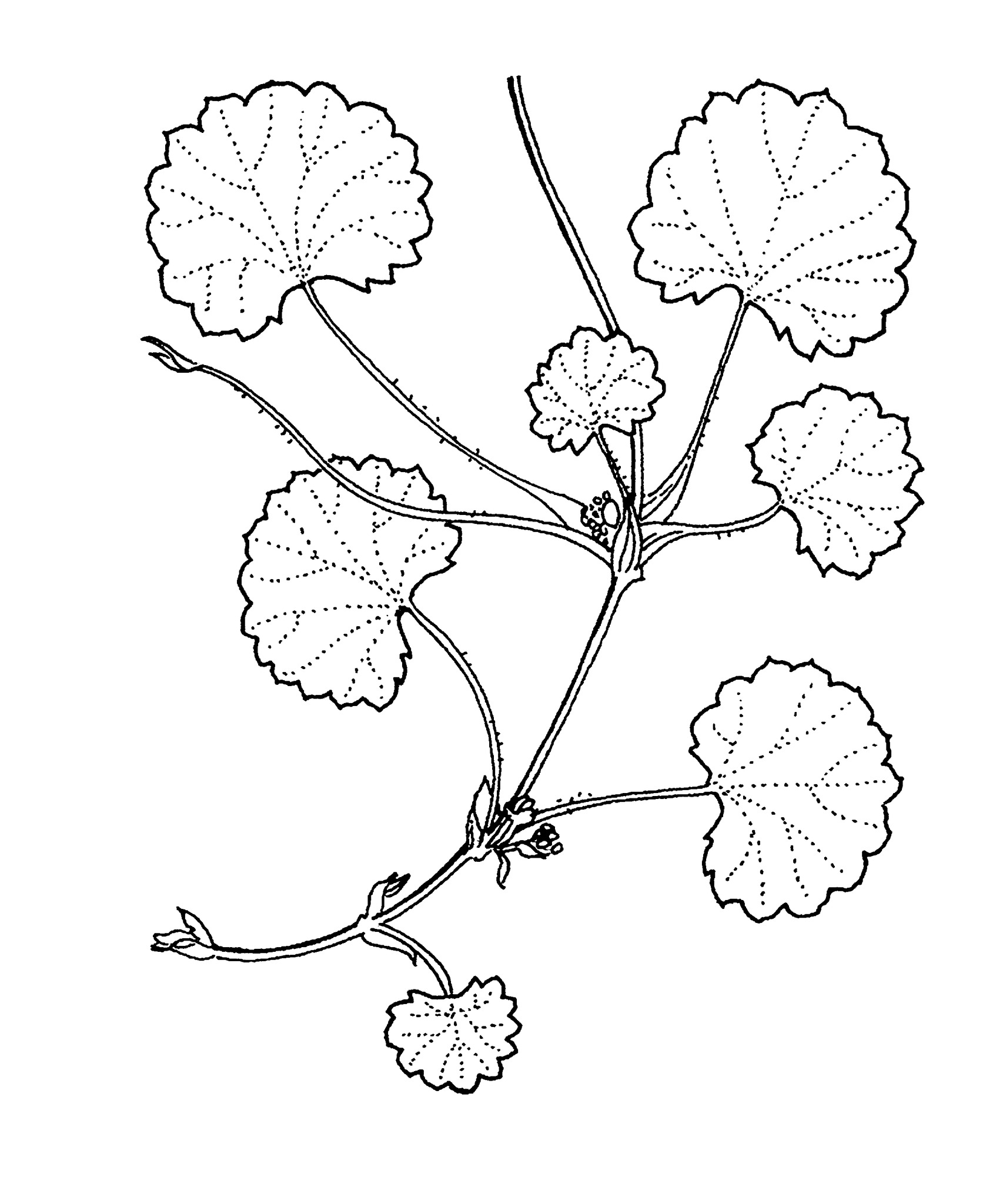
A modern name with unknown etymology.
Perennial creeping herbs or small shrubs. Leaves simple, entire or sometimes toothed, sheathed at the base but without stipules. Flower clusters simple. Flowers bisexual or occasionally male. Fruit flattened and with 7-9 longitudinal ridges with reticulate connections.
Grown as a groundcover and often for medicinal properties. Hydrocotyle, of which there are many native species and some naturalised exotics, differs in having dry and membranous stipules and fruit segments that are smooth or warty and not reticulate between the ribs.
Seed and division.
Extracts of C. asiatica have long been known to have a range of medicinal properties, from skin and leprosy treatments to general tonics. More recently plants have been promoted as a treatment for arthritis.
Creeping plant with kidney-shaped, sheathed leaves.
About 50 species from warm regions, mainly the Cape of S Africa.
Source: (2002). Apiaceae. In: . Horticultural Flora of South-eastern Australia. Volume 4. Flowering plants. Dicotyledons. Part 3. The identification of garden and cultivated plants. University of New South Wales Press.
